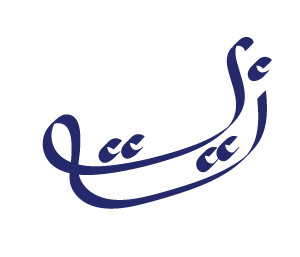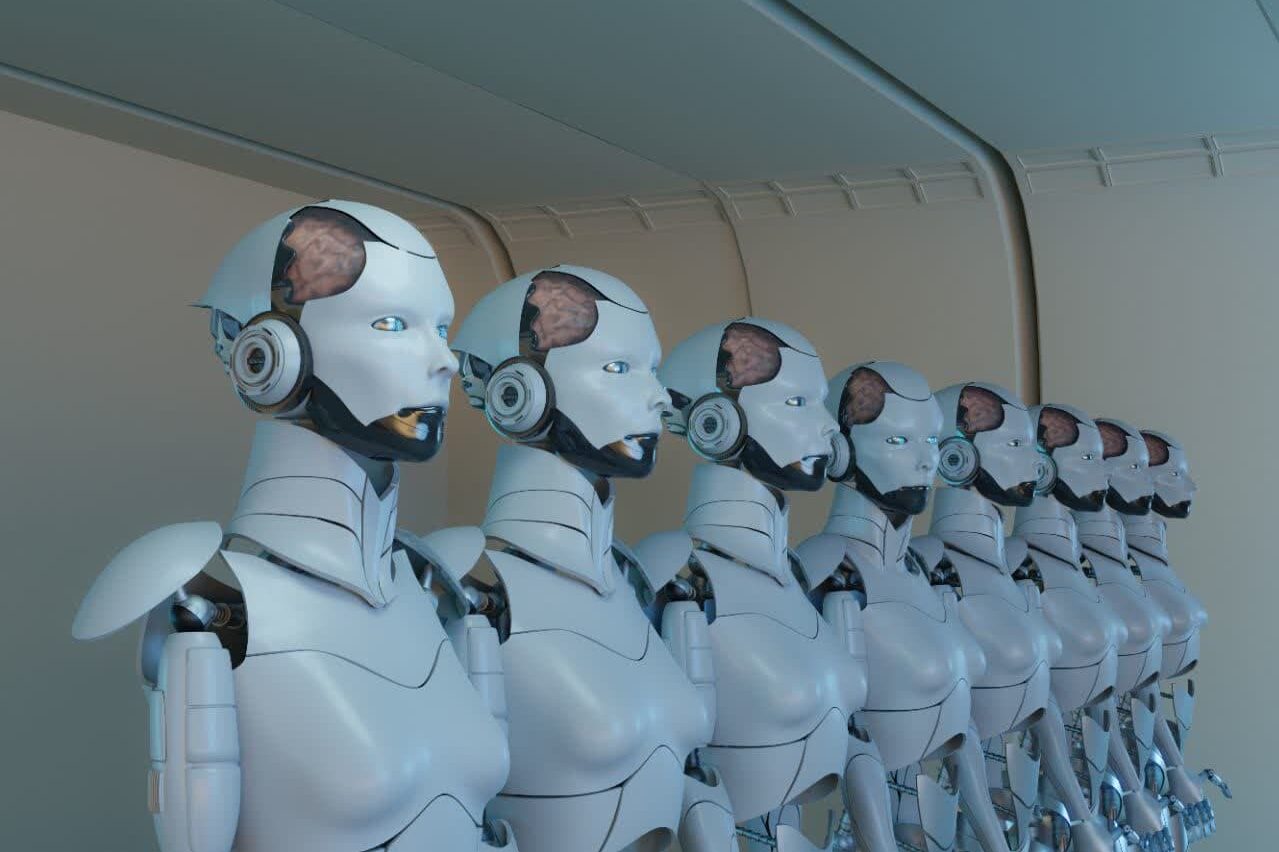The dawn of the robotic revolution marks a transformative epoch that extends far beyond technological advancements, reshaping the very fabric of how we live, work, and interact with the world. This monumental shift transcends the realms of industry, employment, and daily life, ushering in an era where the integration of robotics is altering everything we know.
Industry Transformation
Industries are experiencing a metamorphosis as robotic technologies redefine production processes, efficiency standards, and precision. From smart manufacturing systems that optimize production lines to autonomous vehicles revolutionizing logistics, the impact is profound. Robotics is not merely streamlining operations; it’s fundamentally redefining the possibilities within industries, creating a landscape where innovation and efficiency converge.
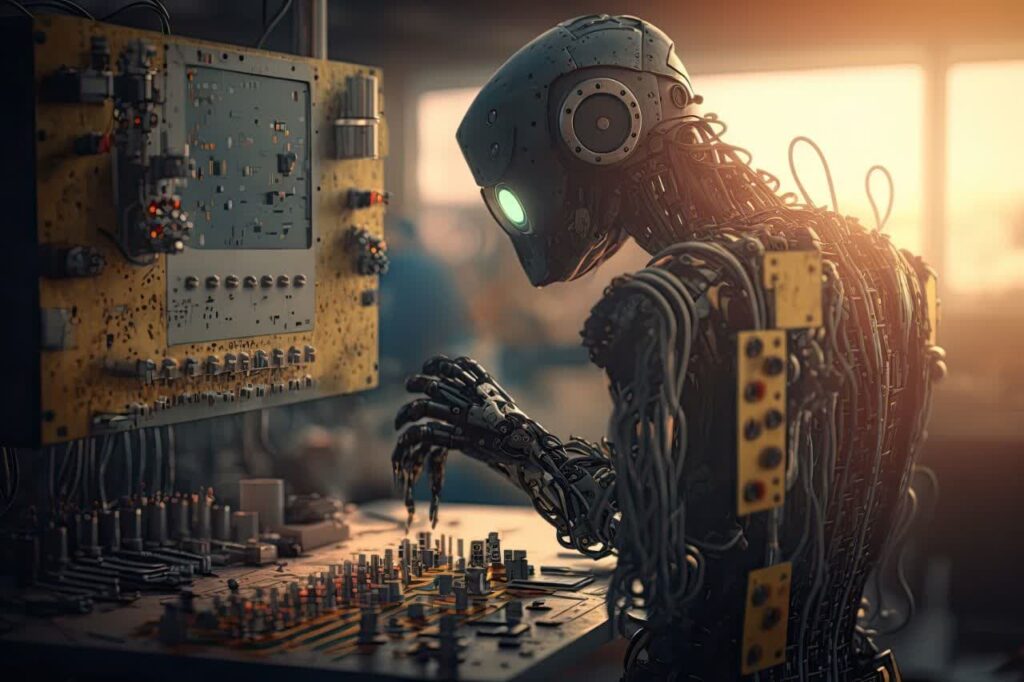
Paradigm Shift in Employment
The very nature of employment undergoes a paradigm shift as robots take center stage in the workforce. Routine and manual tasks once performed by humans are increasingly automated, prompting a reevaluation of skill sets and job roles. While concerns about job displacement arise, the robotic revolution simultaneously opens new avenues, creating demand for roles in robotics maintenance, programming, and system design. This shift prompts a redefinition of the employment landscape, emphasizing the need for adaptable, tech-savvy professionals.
Human-Robot Collaboration
The narrative of human-robot collaboration emerges as a defining aspect of the robotic revolution. Rather than replacing humans, robots are becoming collaborative partners, enhancing capabilities and augmenting human potential. This shift is evident in sectors such as healthcare, where robotic surgery and assistive technologies amplify the capabilities of medical professionals, showcasing a harmonious synergy between human intelligence and robotic precision.
Medical Transformation
The landscape of healthcare is undergoing an unprecedented transformation propelled by technological advancements, data-driven insights, and the integration of innovative medical technologies. This paradigm shift is redefining the way we approach diagnosis, treatment, and patient care.
Revolution in Diagnostics
One of the most remarkable aspects of the medical transformation is the revolution in diagnostics. Advanced imaging technologies, molecular diagnostics, and artificial intelligence are converging to provide healthcare professionals with unparalleled insights into patient conditions. From early detection of diseases to personalized treatment plans based on genetic markers, the precision and efficiency of diagnostics have reached new heights. This not only lead to more accurate and timely diagnoses but also empowers medical professionals to tailor interventions that align with the individual characteristics of each patient, ushering in a new era of personalized medicine.
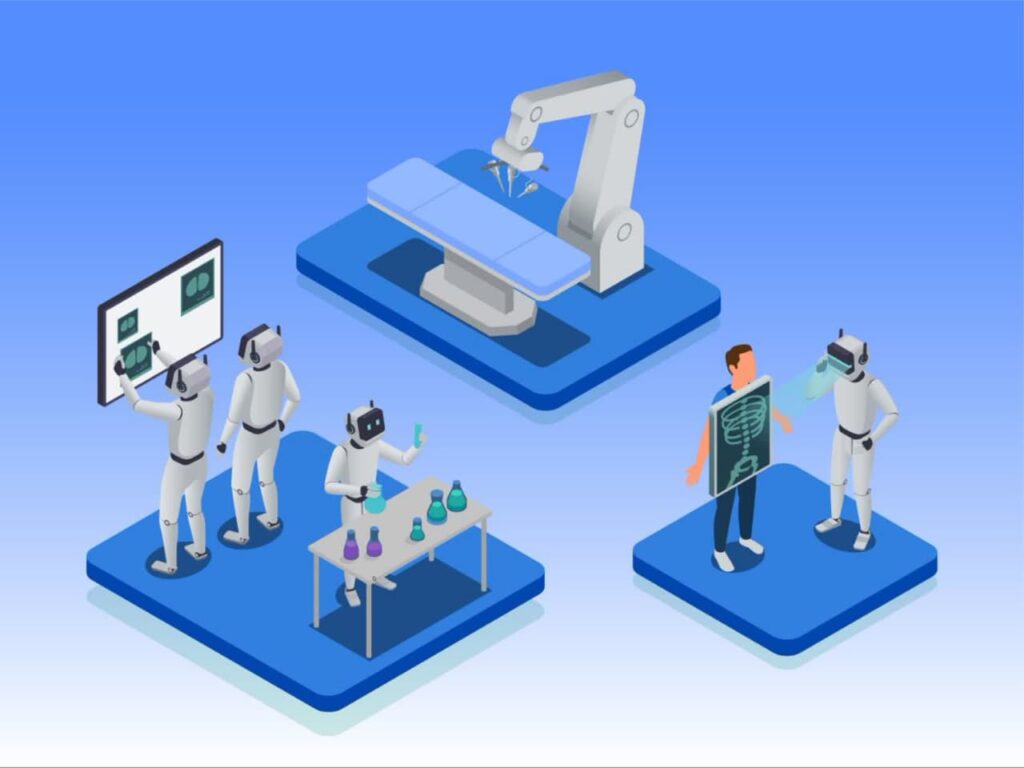
Innovative Treatment Modalities
The transformation extends to treatment modalities, with groundbreaking innovations shaping the way we approach diseases. Robotics-assisted surgeries bring precision and minimally invasive techniques to the operating room, enhancing recovery times and reducing the impact on patients. Telemedicine and remote patient monitoring leverage digital connectivity to extend healthcare beyond traditional settings, making it more accessible and convenient. Moreover, the integration of big data and machine learning facilitates predictive analytics, enabling healthcare providers to anticipate trends, identify at-risk populations, and formulate proactive interventions. The medical transformation is not just about treating illnesses; it’s about harnessing the power of technology to provide more precise, efficient, and patient-centered healthcare solutions.
Redefining Daily Life
The impact of the robotic revolution permeates daily life, from smart homes with AI-powered assistants to robotic devices assisting with household chores. The integration of robotics in everyday scenarios is changing the way we live, offering convenience, efficiency, and a glimpse into a future where intelligent technologies seamlessly integrate into the fabric of our routines.
Enhancing Precision in Daily Tasks
The integration of robots into daily tasks has ushered in a new era of precision and efficiency. These machines, designed with advanced sensors, impeccable accuracy, and the ability to perform repetitive tasks without fatigue, bring a level of precision that is reshaping industries and daily routines alike. In manufacturing, robots assemble intricate components with unparalleled accuracy, reducing errors and enhancing product quality. In logistics, automated systems streamline warehouse operations, ensuring precise sorting and delivery. Even in households, robotic vacuum cleaners navigate spaces with precision, adapting to the environment and meticulously cleaning surfaces. The key lies in the ability of robots to execute tasks consistently, adhering to programmed parameters and minimizing the margin of error inherent in human activities.
Furthermore, the use of robots extends beyond physical tasks to data processing and analysis. Machine learning algorithms enable robots to sift through vast datasets with remarkable speed and accuracy, extracting valuable insights. This capability enhances decision-making processes in various fields, from finance to healthcare. Robots, with their tireless dedication to precision and adaptability to diverse tasks, exemplify a transformative force that not only increases efficiency but also opens up new possibilities for innovation and problem-solving. As the synergy between human intelligence and robotic precision evolves, the landscape of daily tasks undergoes a profound shift towards a future where precision is not just an aspiration but a standard achieved through technological collaboration.
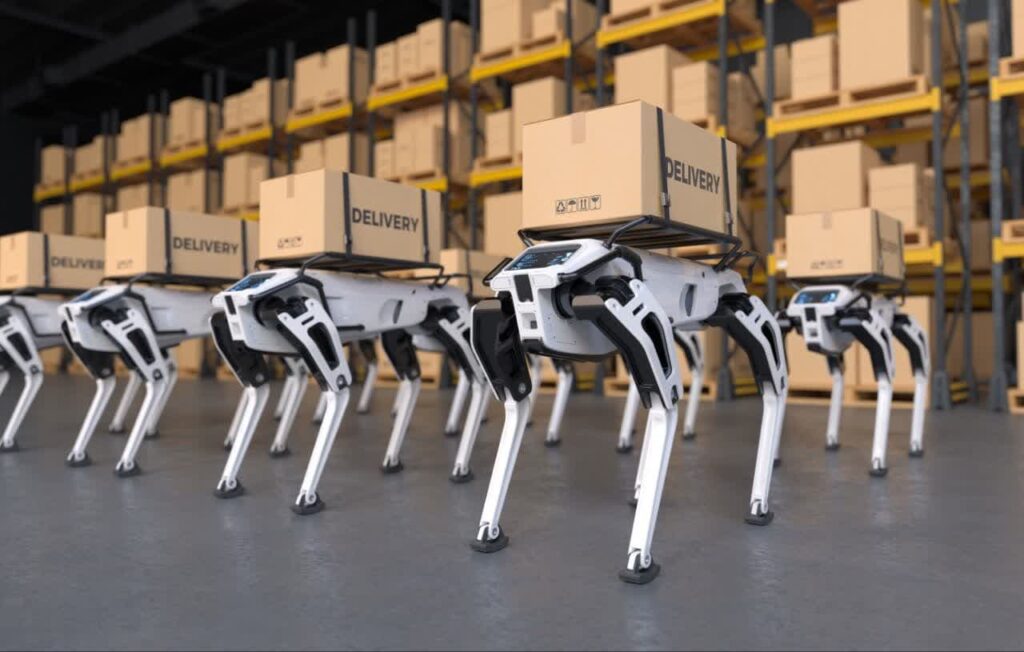
Societal Challenges and Opportunities
While the benefits of the robotic revolution are evident, it comes with its set of challenges. The potential for job displacement requires proactive measures to reskill and upskill the workforce for roles that complement and collaborate with robotic systems. Additionally, ethical considerations surrounding the use of robotics, such as ensuring transparency in decision-making algorithms, safeguarding privacy, and preventing biases, demand careful attention
On the flip side, the robotic revolution presents unparalleled opportunities for innovation, economic growth, and improved quality of life. The synergy between human intelligence and robotic efficiency promises to elevate industries to new heights. The key lies in navigating this transformative period with foresight, leveraging the advantages while addressing the challenges. Collaborative efforts between industries, governments, and educational institutions are essential to create a workforce that not only adapts to the evolving landscape but actively contributes to the unfolding narrative of the robotic revolution
Conclusion
In essence, the robotic revolution transcends mere technological advancement; it’s a profound catalyst reshaping the very essence of our existence. As robotics continues to evolve, it holds the promise of not just changing industries and employment dynamics but fundamentally altering the way we perceive and engage with the world, laying the groundwork for a future where the collaboration between humans and robots defines the new normal.
